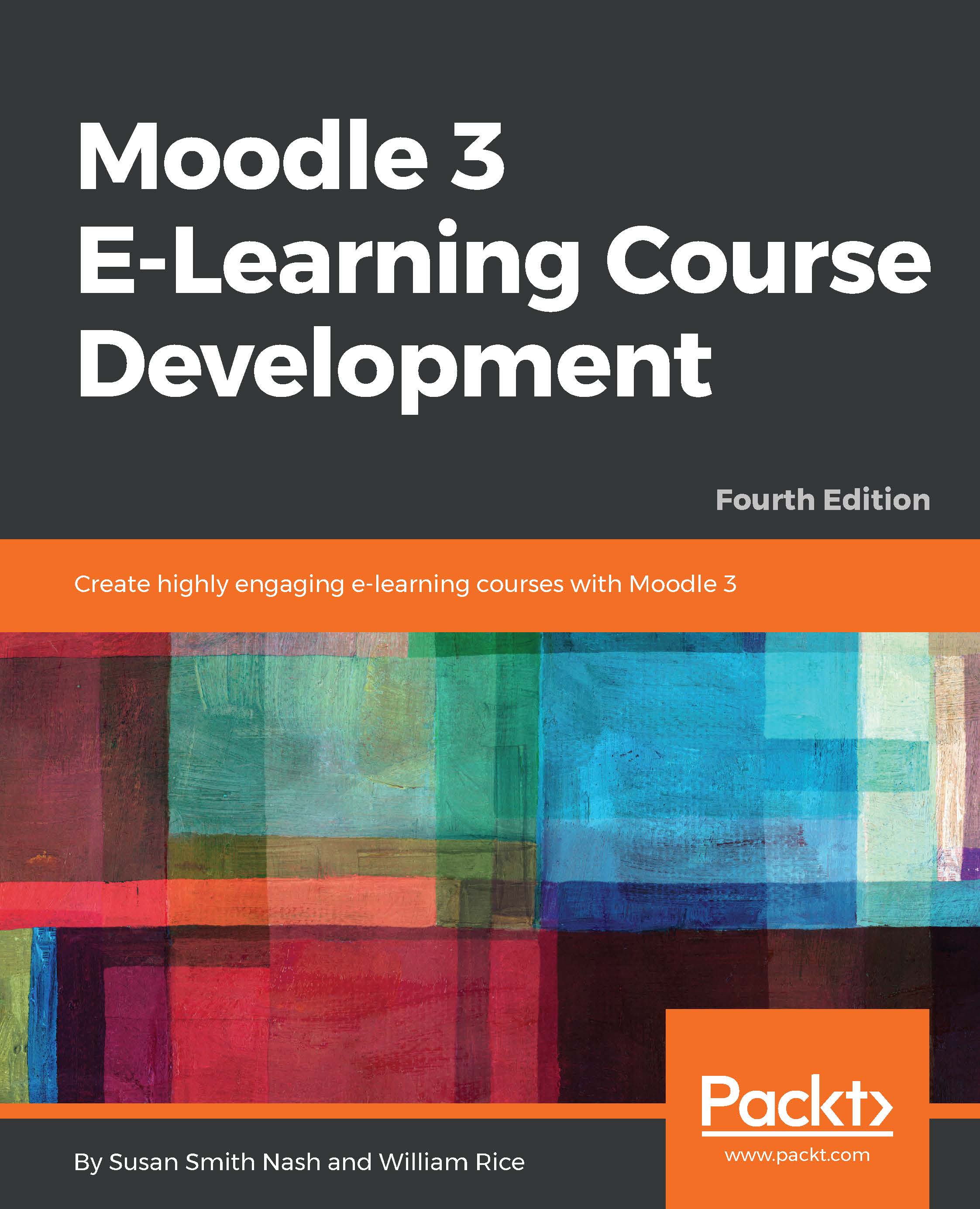Course activities enable students to interact with the instructor, the learning system, or each other. They also allow students to develop confidence by being rewarded with a badge or certificate when they complete the activities. Above all, course activities should connect to the learning objectives of the course and correspond to the appropriate level of knowledge in the cognitive domain, as indicated in Bloom's Taxonomy, which we reviewed in an earlier chapter. Your instructional strategy will be very effective if you ensure that every step of your course planning integrates the learning objectives with the appropriate level of content and activities and that each step has measurable outcomes.
In this chapter, you will learn about Moodle's assignments and how to select them appropriately to achieve optimal outcomes...



